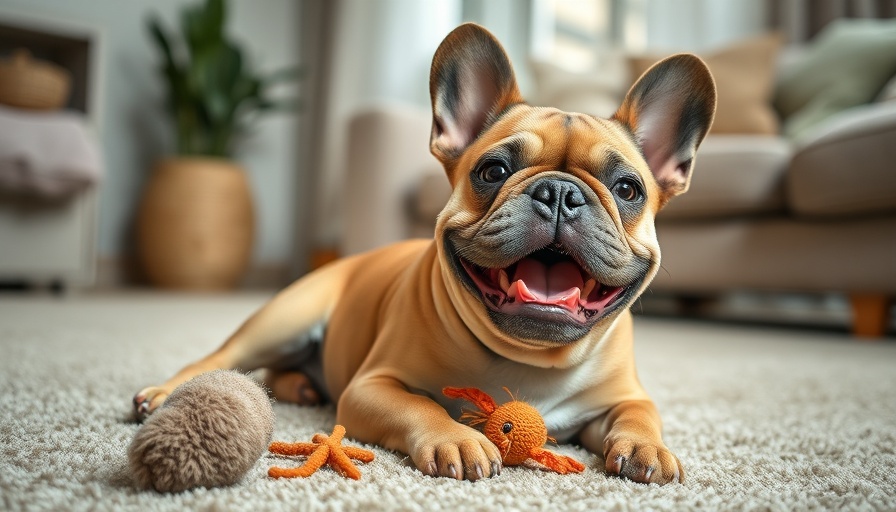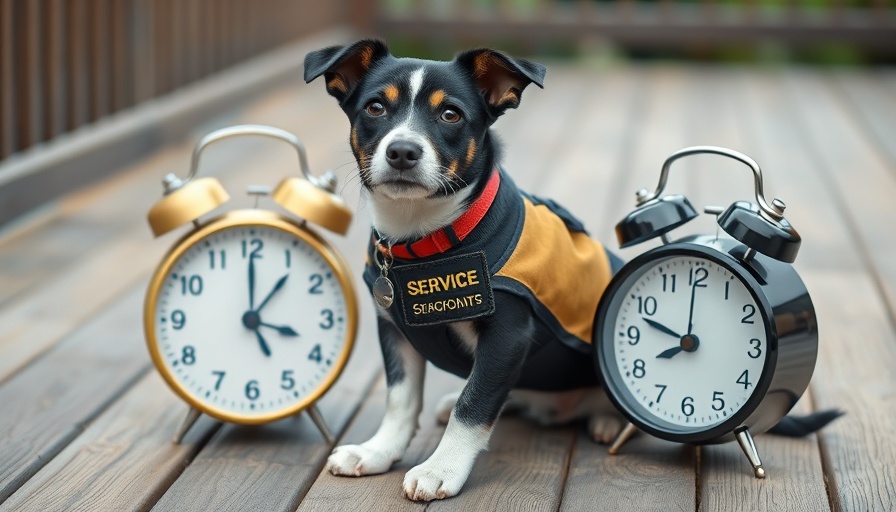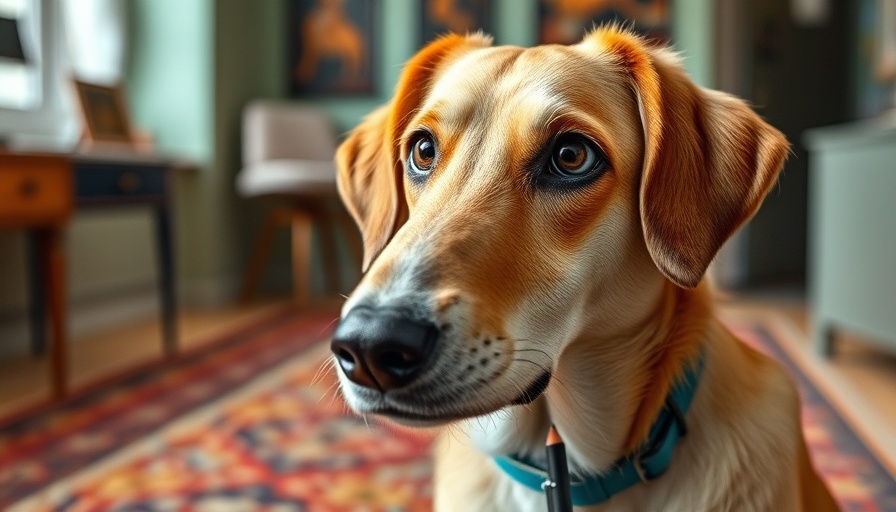
Unleashing Your Dog's Potential: The Joy of Nose Work
Nose work, a growing trend among dog enthusiasts, is not just a fun pastime; it’s an enriching experience that can enhance your canine companion's life significantly. This dog sport taps into their natural instincts, delivering mental stimulation and physical activity, and deepening the bond between dog and owner.
Why Scent Work Matters
Dogs perceive the world largely through smell, with an estimated 300 million scent receptors in their noses, compared to a mere 5 million in humans. Engaging in nose work acknowledges this powerful ability and employs it in a constructive way. As highlighted by canine experts, these scent games provide a beneficial outlet for energy, reducing behavioral issues often rooted in boredom.
Getting Started with Nose Work
Beginning your dog’s scent work journey can be as simple as gathering some common household items. You don’t need fancy equipment; even simple treats and a muffin tin can lay the groundwork for stimulating scent games.
One popular method involves creating a muffin tin puzzle. Fill a muffin tin with some of your dog's favorite treats and cover them with tennis balls. Your pup will have a blast nosing through the balls to uncover the hidden snacks! Engage your dog’s brain, and watch their excitement grow as they solve the puzzle.
Fun Ideas to Try at Home
In addition to the muffin tin game, many dog owners find that the 'hidden treats' game is another excellent way to spark their pet's interest in scent work. Simply take a treat, drag it along the ground to create a scent trail, then hide the treat while your dog is in another room. This not only stimulates your dog's nose but also builds confidence and an incredible sense of achievement when they find the treat!
More Scent Work Activities
Explore other fun and engaging scent games, such as the shell game, where you hide a treat under one of three cups and shuffle them around for your pup to sniff out. As mentioned in Animal Behavior College, dogs thrive in environments where they can engage their natural instincts. These playful activities not only enrich their lives but also strengthen the bond between the two of you.
Building a Stronger Bond Through Nose Work
Engaging in nose work creates a joyful environment where dogs feel seen and heard. It encourages deeper communication between you and your furry friend as you work together, building trust and cooperation. Imagine your dog looking to you for cues, sharing in the thrill of discovery as they locate a hidden scent. Such activities foster not just play but also a profound connection.
Future of Scent Work: A New Trend
As more dog owners recognize the benefits of nose work, training courses and local classes are popping up across the country, giving novice trainers and seasoned pros alike an opportunity to learn and compete. With the rising trend, owners can explore AKC Scent Work, which not only enhances their dog's skills but also opens doors for competitive activities that can be enjoyed for years.
Final Insights: Your Next Steps
As you embark on this delightful journey of nose work with your pup, remember to be patient and keep sessions short and fun. Encourage your dog with plenty of praise, and don't hesitate to try different scents and games to keep things fresh and engaging. By allowing your dog to revel in their natural instincts, you not only enhance their quality of life but also create incredible memories together.
So, grab some treats, set up a fun game, and enjoy the sniffing adventure with your four-legged friend - the joy you both share will be worth it!
 Add Row
Add Row  Add
Add 




Write A Comment